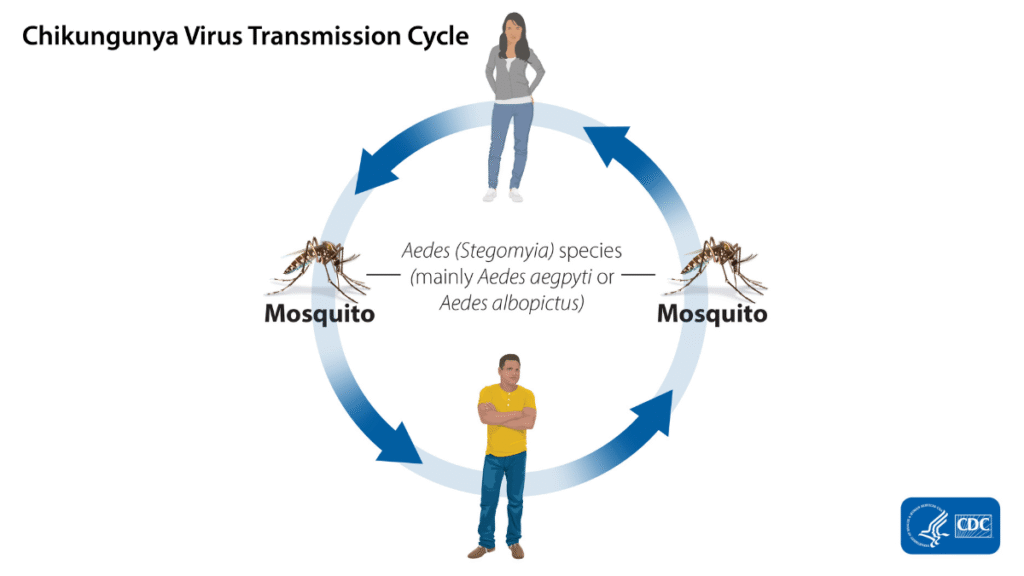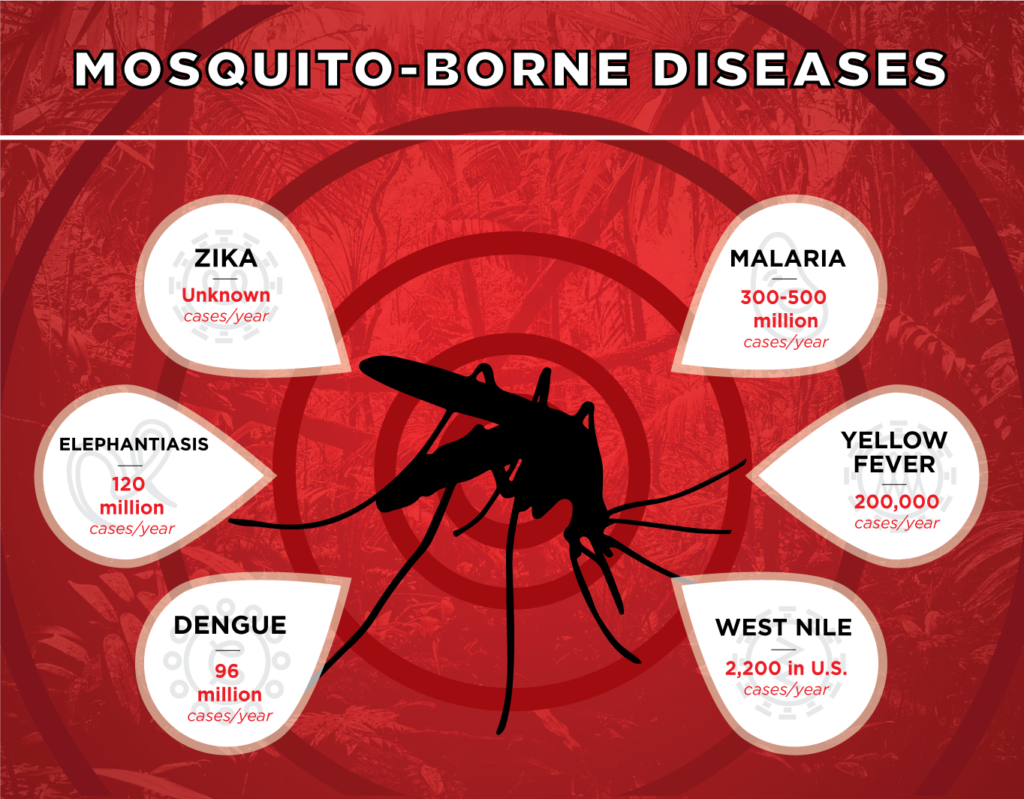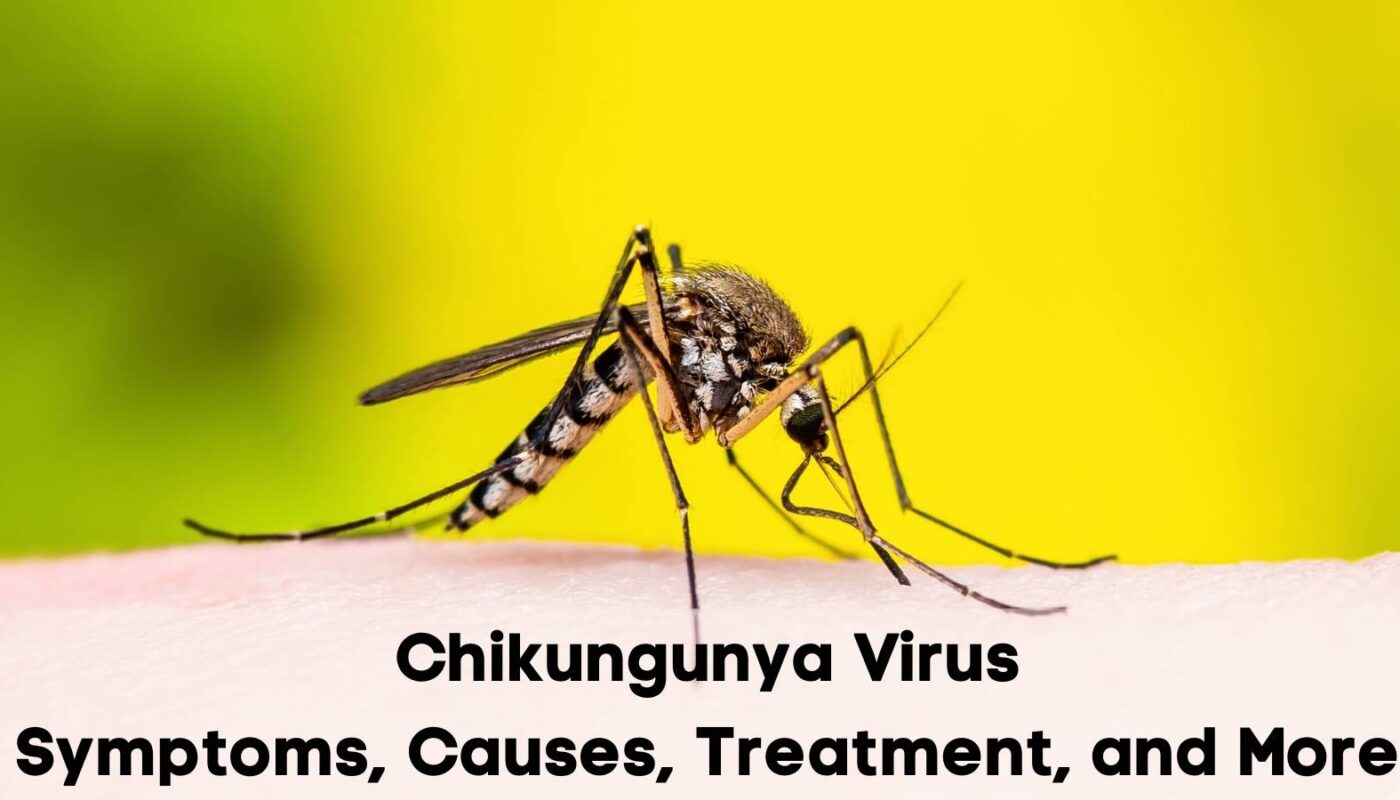The World Health Organization (WHO) has sounded the alarm over the growing global threat posed by the Chikungunya virus, a mosquito-borne disease that has been rapidly expanding its reach. Once considered a relatively localized infection, Chikungunya is now gaining momentum in new regions, raising serious concerns about its public health implications. With warmer temperatures, increased travel, and expanding mosquito habitats, the virus has found new opportunities to spread, prompting health agencies around the world to ramp up their surveillance and prevention strategies.
What is Chikungunya?

Chikungunya is a viral disease transmitted primarily by Aedes aegypti and Aedes albopictus mosquitoes—the same vectors responsible for spreading dengue and Zika viruses. The term “Chikungunya” originates from the Kimakonde language of Tanzania and means “to become contorted,” referencing the stooped posture many sufferers adopt due to joint pain.
The virus causes an abrupt onset of fever, severe joint pain, muscle pain, headache, nausea, fatigue, and skin rash. While the disease is rarely fatal, its symptoms—particularly joint pain—can be debilitating and may persist for weeks or even months. There is currently no specific antiviral treatment or commercial vaccine available for Chikungunya, making prevention through mosquito control the most effective strategy.
Global Spread and Rising Cases
Historically, Chikungunya was largely confined to Africa and parts of Asia. However, in the past two decades, outbreaks have been recorded in Europe, the Americas, and the Pacific Islands. The WHO has noted a disturbing rise in the number and scale of outbreaks, especially in tropical and subtropical regions where mosquito populations are thriving due to climate change and urbanization.
In 2024 alone, several countries in South Asia, Latin America, and sub-Saharan Africa have reported significant spikes in Chikungunya cases. Some regions that had previously been considered low-risk are now seeing their first outbreaks. The spread into temperate zones, particularly in southern Europe and parts of the United States, is being closely monitored.
WHO’s Concerns and Recommendations

The WHO has emphasized that the increasing spread of the Chikungunya virus is not just a local or regional issue—it is a global health concern. The organization has urged countries to strengthen their disease surveillance systems, invest in vector control strategies, and raise public awareness about mosquito-bite prevention.
Key recommendations from the WHO include:
- Enhancing diagnostic capacity to identify and respond to outbreaks quickly.
- Improving access to healthcare and supportive treatments for affected individuals.
- Conducting public health campaigns to inform communities about eliminating mosquito breeding grounds.
- Encouraging research into vaccines and treatment options.
Dr. Sylvie Briand, Director of Epidemic and Pandemic Preparedness and Prevention at WHO, recently stated, “The increasing geographical spread of Chikungunya is a stark reminder of how climate change and global connectivity are driving the spread of vector-borne diseases. Global cooperation and early intervention are essential to curb the impact of these outbreaks.”
Climate Change and Urbanization: Key Drivers
The WHO highlights climate change as one of the main factors fueling the spread of Chikungunya. Warmer temperatures and changing rainfall patterns are creating more favorable breeding conditions for mosquitoes. Additionally, rapid urban growth in developing countries often leads to poor sanitation and standing water, both of which provide ideal environments for mosquito proliferation.
Uncontrolled urbanization, coupled with inadequate healthcare infrastructure, creates a perfect storm for outbreaks to occur and spread unchecked. Global travel and trade further complicate the issue, enabling infected individuals or mosquitoes to carry the virus across borders in a matter of hours.
Response Efforts Around the World

Several countries are taking action in response to WHO’s warnings. Governments are launching awareness campaigns, distributing mosquito nets and repellents, and initiating large-scale insecticide spraying efforts. In India and Brazil—two countries currently battling significant outbreaks—health ministries have declared public health emergencies in certain regions and mobilized resources for rapid response.
International collaborations are also underway to develop a Chikungunya vaccine. While no vaccine has yet been approved for widespread use, clinical trials are progressing, offering a glimmer of hope for long-term control.
What Individuals Can Do
While governments and health organizations play a critical role in controlling the spread of Chikungunya, individuals can also take preventive measures to protect themselves and their communities:
- Use mosquito repellents on exposed skin.
- Wear long-sleeved shirts and pants to reduce skin exposure.
- Use mosquito nets, especially when sleeping.
- Eliminate standing water in containers, pots, and other potential breeding sites around homes.
- Stay informed about local outbreaks and take extra precautions when traveling to affected areas.
Conclusion
The growing threat of Chikungunya serves as a powerful reminder of how interconnected global health truly is. As climate change and globalization continue to reshape our world, the need for proactive, coordinated action becomes even more critical. WHO’s alarm is not just a warning—it’s a call to action for governments, scientists, and citizens alike to work together in preventing a disease that, if left unchecked, could impact millions.



